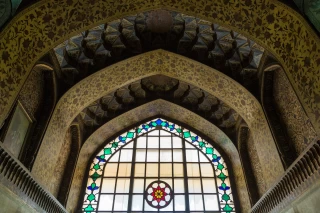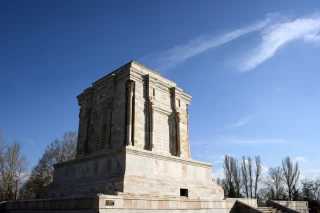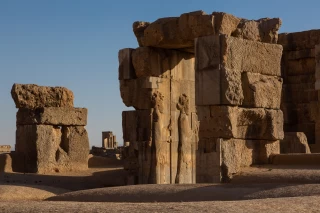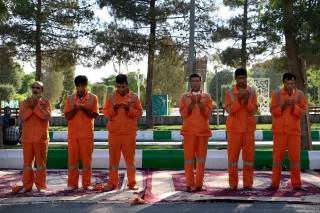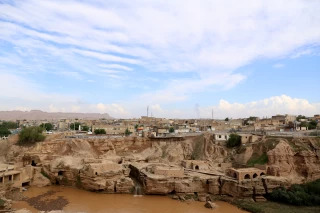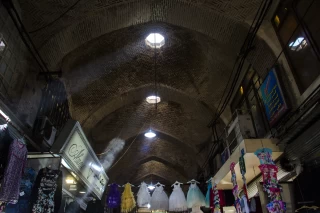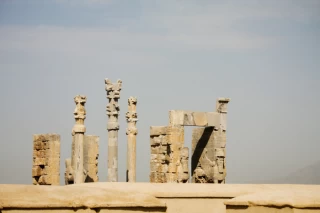license : Editorial Use Only
The Editorial Use Only license means that the image cannot be used for commercial advertising purposes.
license : Editorial Use Only
The Editorial Use Only license means that the image cannot be used for commercial advertising purposes.
license : Editorial Use Only
The Editorial Use Only license means that the image cannot be used for commercial advertising purposes.
license : Editorial Use Only
The Editorial Use Only license means that the image cannot be used for commercial advertising purposes.
Original Size
Image Main Size

The Persepolis Apadana
August 28, 2012 , IRAN , FARSApadana is a large hypostyle hall, the best known examples being the great audience hall and portico at Persepolis and the palace of Susa. The Persepolis Apadana belongs to the oldest building phase of the city of Persepolis, the first half of the 5th century BC, as part of the original design by Darius the Great. Its construction completed by Xerxes I. Modern scholarships "demonstrates the metaphorical nature of the Apadana reliefs as idealised social orders". Persepolis, literally meaning "the Persian city," also known as the Throne of Jamshid (Taxt e Jamšid), was the ceremonial capital of the Achaemenid Empire (ca. 550–330 BC). Persepolis is situated 60 km northeast of the city of Shiraz in Fars Province, Iran. The earliest remains of Persepolis date back to 515 BC. It exemplifies the Achaemenid style of architecture. UNESCO declared the ruins of Persepolis a World Heritage Site in 1979.
Photo: Seyed Arshia Maljaei Alhosseini / IRAN IMAGES

